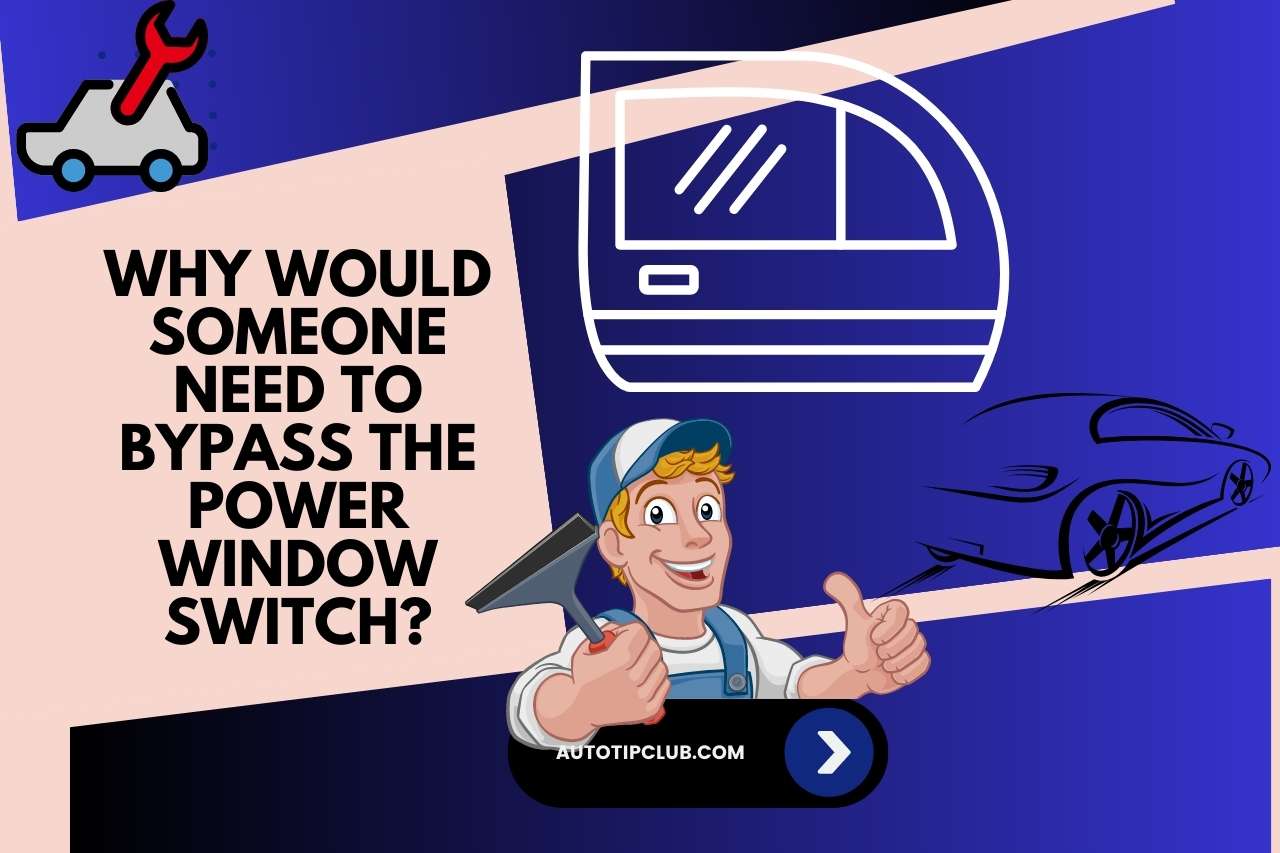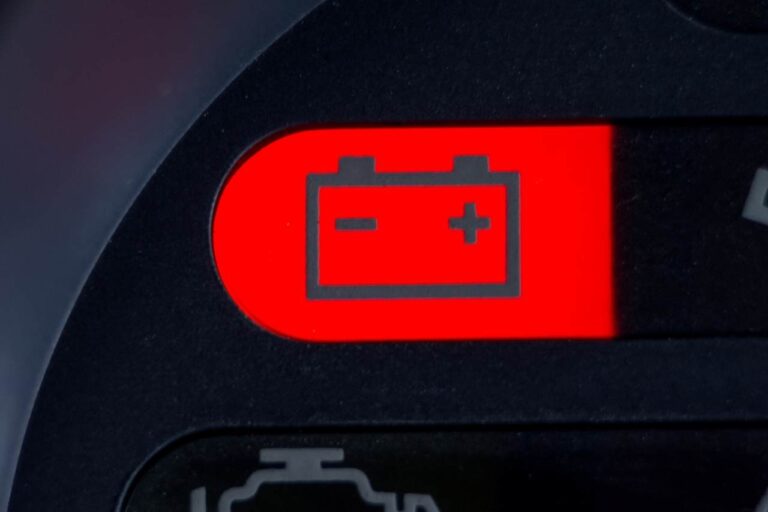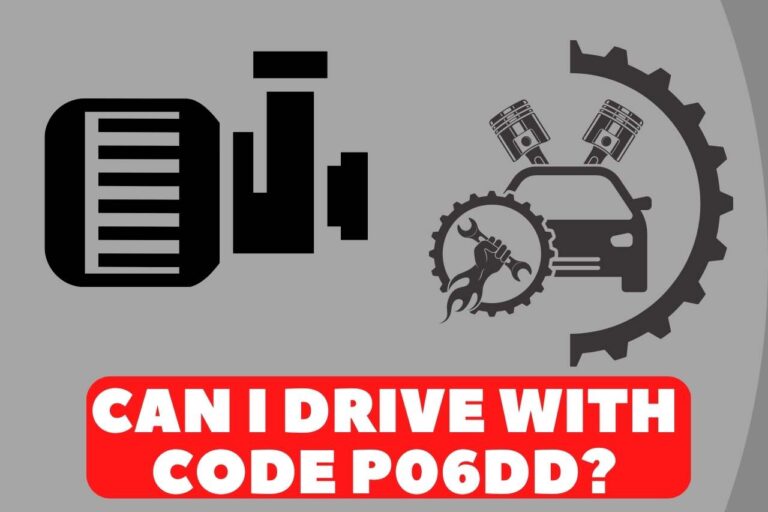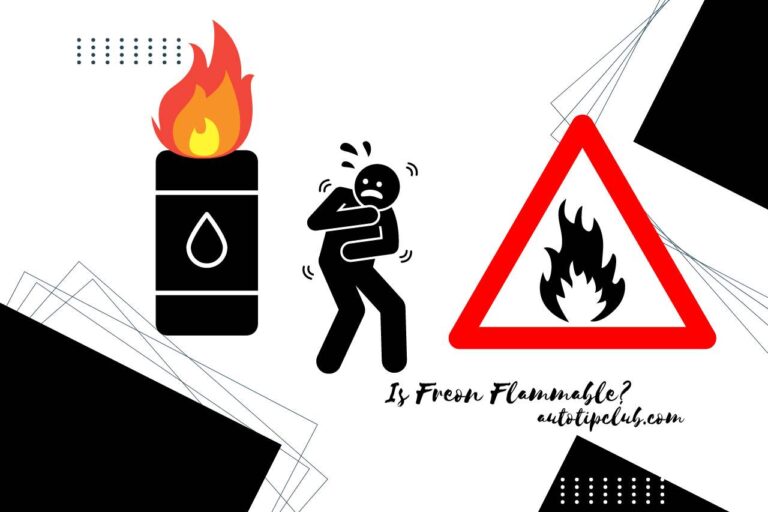How to Bypass Power Window Switch? – Comprehensive Guide
Stuck with a non-responsive window? If you’re wondering how to bypass power window switch, you’re not alone. It’s a handy skill that can offer a quick fix in a pinch. From electrical circuits to motor functions, a window’s operation might seem simple, but it’s supported by intricate components. Join us as we guide you through a step-by-step bypass method, touching on safety precautions and associated electrical nuances. Your path to mastering temporary window solutions unfolds here.
What is the Functionality of a Power Window Switch?
The primary function of a power window switch is to regulate and control the movement of a vehicle’s electric windows, facilitating their opening or closing.
Central Control Point
-
- This trusty button is the MVP of our window game. Just press it, and voila! You’ve either got a breath of fresh air or some much-needed privacy. Most vehicles place the power window controls conveniently on the driver’s side, allowing the driver to manage all windows, front and back.
The Style and Function Spectrum
-
- From basic to bling, there’s a range in automotive electric window switches designs. Some are simple up-down affairs, while others come with fancy features like one-touch functionality and anti-pinch tech.
How it Works
-
- Behind the scenes, when you press that power window switch, it sends power straight to the window motor. Depending on how you toggled the switch, the window moves up or down, thanks to this smooth operation.
Integration with Today’s Car Tech
-
- Our modern car power window switches aren’t just standalone features. Lock your car from outside, and some advanced systems will roll up any open windows for you. No more rain-soaked seats or unsolicited furry visitors.
Safety Comes First
-
- Safety first, always! Many switches come with a lockout feature (perfect for those little adventurous hands in the backseat). Plus, some newer designs will stop the window if something (or someone’s fingers) is in the way.
Keeping Things Running Smoothly
-
- As with anything in life, sometimes things wear out. Our power window switches are no different. It’s always a good idea to keep an eye (or a finger) on them to ensure they’re working their best.
Why Would Someone Need to Bypass the Power Window Switch?
The main reason someone might need to bypass the power window switch is when the switch malfunctions or breaks, hindering window operations. Now, let’s delve into some scenarios that might call for this workaround.
Malfunctioning Switch
-
- The most obvious reason. Like any other component, the power window switch can wear out or malfunction over time. If you press the switch and there’s no response, or it works sporadically, there might be a need to bypass it temporarily.
Waiting for Replacement
-
- Sometimes, the issue is identified, and a power window switch replacement is on its way. But if that delivery will take a few days and you can’t keep your window shut (or open) till then, a bypass becomes necessary.
Cost Concerns
-
- Replacing a faulty switch might not always fit into everyone’s budget immediately. While a window switch replacement is essential for long-term use, bypassing can serve as a temporary solution till funds become available.
Emergency Situations
-
- Imagine you’re in a situation where the window needs to be opened or closed immediately (like sudden heavy rain), but the switch isn’t responding. Instead of panicking, knowing how to bypass can be a real lifesaver!
Diagnostic Purposes
-
- Sometimes, before jumping to replace the power window switch, mechanics might bypass it to ensure the problem truly lies with the switch and not elsewhere in the system.
Antique or Rare Cars
-
- For those car enthusiasts who love their vintage rides, finding an exact match for a damaged power window switch can be challenging. Bypassing can be a temporary measure while hunting down that rare piece.
Bypassing the power window switch isn’t a permanent solution, but it can be a handy trick in a pinch. Of course, for safety and functionality, it’s essential to get a proper power window switch replacement when possible. After all, it’s all about enjoying those breezy drives and ensuring our cars are in tip-top shape, right? Safe motoring, everyone!



How to Bypass Power Window Switch?
Power Window Manually
Navigating issues with the power window switch can sometimes require manual intervention. Whether it’s a temporary glitch or you’re pondering on how to bypass the power window switch, understanding how to manually adjust your window is crucial. Especially before considering a complete power window switch replacement.
Steps to Adjust Your Power Window Manually
Safety First
- Before attempting any manual adjustments, ensure the vehicle’s ignition is turned off. This avoids accidental electrical activations. Always keep the door closed for stability while adjusting.
Accessing the Window Pane
- If the window isn’t fully inside the door, there should be a small gap. Gently position your hands on both the interior and exterior of the window.
Raising the Window
- With a secure grip, steadily elevate the window. It may prove to be a challenge, requiring grip adjustments. Persistently continue until the window is in its topmost position.
Ensuring Stability
- Upon fully raising the window, the window’s pinion gears generally maintain its position. But for added security, a temporary fix like tape could be applied.
If frequently needing to adjust your window manually, it might hint at a more significant issue. It’s wise to seek professional assistance to determine if a power window switch replacement is necessary, ensuring the return of the window’s automated functionality.
Bypass from Driver Side
To bypass the driver-side window switch, understanding the intricate setup of your vehicle’s electrical connections becomes imperative. This involves identifying the window motor cables and understanding their operation.
Steps to Bypass the Driver-Side Window Switch
Cable Identification
- If you disconnect the window button and it aligns, it’s crucial to determine which cables connect to the window motor. If you’re uncertain, removing the door panel will grant you direct access to the motor connections, similar to how one might bypass a dryer door switch for appliances.
Voltage Testing
- Once the cables are identified, initiate your vehicle’s starter. Utilize a jumper in the passenger window switch interface to test the connections, especially seeking the one offering a 12-volt charge. This process requires a flat surface. Should your voltmeter display dual tests, stick with the one revealing the 12 volts. Then, adjust the voltmeter’s negative testing to pinpoint the connection emitting 12 volts again. This procedure aids in determining the primary and ground wires.
Tester Light Usage
- For those unfamiliar, it’s possible to create a tester using a carefully sliced piece of paper and a tester light with an extensive grounding cut. This light assists in identifying potential damaged cables, especially between door hinges, that may not supply the vital 12 volts.
Evaluating the Cables
- If you can activate multiple windows via the driver side window switch, it signifies that the cables are in working order. For direct manipulation, affix a short wire from one of the window motor connections to the 12-volt feeding connector. Using another wire, bind the grounding terminal to the next window connection. If the motor steers in an unintended route, repositioning the cables between the two window connectors should rectify its course. In such instances, understanding how to replace the driver side window switch can also be beneficial.
Window Relay Bypass
To bypass the window relay in your vehicle, it’s crucial to first understand the state of your wiring and the protective components in place. This ensures you don’t compromise the safety or functionality of your power windows.
Inspection of Wiring
- Always start with a thorough examination of the vehicle’s wiring. Your vehicle manual will guide you to the specific region of the wiring panel. Here, your focus should be on locating the specific fuse corresponding to the car power window switch circuitry. If you find the breaker damaged or corroded, it’s a clear indication of issues within the Power Window circuit, which could be either an overload or short-circuiting.
Replacement and Testing
- If the breaker appears compromised, try swapping it with a functional one. Once done, power up your vehicle and test the functionality of the power window switch. Should the newly-installed breaker blow too quickly, it suggests a cabling fault that necessitates immediate attention. It’s vital to avoid the temptation of bypassing the Power Window breaker or using a wire of higher amperage. Such moves only negate the safety protections, potentially leading to dangerous overloads that can spark fires.
Determining Cause of Breaker Malfunction
- When the windows operate smoothly post-breaker replacement, the prior malfunction could be attributed to transient overloads. Such situations arise, for example, when attempting to lower a frozen window during chilly months. This strains the mechanism, risking damage to the window component nestled within the door.
Identifying Wiring Breaks
- If the breaker holds up but the windows remain unresponsive, there’s a possibility of a break in the wiring that powers the car window switch. It impedes electricity from reaching vital components like Power Window motors and controls. In these scenarios, a detailed wiring diagram of your vehicle becomes invaluable, assisting in tracking and resolving such breaks.
How Do Power Windows Fit into a Vehicle’s Electrical Network?
The most integral way power windows fit into a vehicle’s electrical network is by being connected to the car’s electrical system and operated through electric window switches.
Understanding Power Windows in a Vehicle’s Electrical Network
- -Role of Electric Window Switches: Power windows are controlled using automotive electric window switches. These switches, often located on the vehicle’s door or central console, provide the command to the motor when the window should move up or down.
- Switch Malfunctions and Replacements: Over time, car window switches can wear out or malfunction. When this occurs, a window switch replacement is necessary. Not only does this restore the functionality of the power window, but it also ensures that there’s no undue strain on the vehicle’s electrical network.
- Integration with the Electrical System: The power window switch is a part of the larger electrical grid of the car. When you press the switch, it sends an electrical signal through the system, directing the window motor to operate. This operation draws power from the car’s battery.
- Safety and Connectivity: Many modern vehicles incorporate safety features in conjunction with the power window switch. For instance, some cars have an auto-reverse function to prevent objects from getting trapped. This feature requires sensors and additional connections within the electrical system, highlighting the comprehensive integration of the power window mechanism.
What are the Risks Associated with Bypassing the Window Switch?
The risks associated with bypassing the window switch include compromised safety, potential damage to the vehicle’s electrical system, and inconsistent window operation.
Diving Deeper into the Risks
- Compromised Safety: One of the primary reasons vehicle manufacturers design power windows with switches is to ensure user safety. By bypassing the switch, there’s an increased risk of accidents, such as fingers or objects getting trapped when the window is operated.
- Damage to Electrical Components: Power window controls are intricately designed to harmonize with the vehicle’s electrical system. Bypassing the proper controls might lead to an overload, short circuit, or other electrical issues which could damage essential components or even lead to fire hazards.
- Inconsistent Operation: Bypassing a window switch can result in unpredictable window movement. It might work intermittently or not at all, making it a hassle for the driver and passengers.
- Potential Legal and Warranty Issues: Tampering with the original design and bypassing standard controls can nullify vehicle warranties. Additionally, in some jurisdictions, altering safety features can lead to legal consequences if it’s deemed that the vehicle is no longer roadworthy due to these modifications.
- Recommended Solution: Instead of bypassing a malfunctioning window switch, it’s best to understand how to replace a window switch or seek window switch replacement services. Whether you’re learning how to replace window switch components for a DIY repair or visiting a professional, it’s crucial to ensure that any changes made are safe and in line with the vehicle’s design specifications.
How Much Does It Cost to Bypass a Power Window Switch?
The cost to bypass a power window switch largely depends on various factors, including labor rates and the approach taken. Generally, bypassing is viewed as a temporary solution and may be less expensive initially than opting for a full replacement. Let’s explore this topic in more detail:
Understanding the Costs
-
- Initial Evaluation: Before any action is taken, mechanics usually perform a diagnosis. This can range from $20 to $50, depending on the auto service center.
- Bypassing the Switch: The labor involved in bypassing the switch can vary, but generally, you’re looking at an hour’s worth of work. With labor rates fluctuating between $50 to $120 an hour, you might spend anywhere from $50 to $120 for the bypass alone.
Considering Replacement
-
- Power Window Switch Replacement Cost: If you decide to opt for a full power window switch replacement, the parts could cost you anywhere from $20 to $150, based on the vehicle’s make and model. Coupled with labor, the total might range between $70 to $270.
- Why Replace?: Bypassing is a quick fix. However, for long-term reliability, it’s often advised to undertake a complete power window switch replacement. This ensures your window operates safely and efficiently.
Indirect Costs
-
- Long-term Effects: Continually bypassing might lead to other electrical issues down the road, leading to additional unexpected costs.
- Safety Concerns: Bypassing can also compromise safety. If not done correctly, it may lead to windows not functioning during crucial moments.
Comparative Analysis
-
- Power Window Switch Repair Cost: Sometimes, it’s not about replacing but repairing. This could be slightly cheaper than replacement but offers a middle ground between bypassing and replacing.
In essence, while bypassing might seem like a cost-effective solution in the short run, the potential long-term costs and safety risks involved could make replacement a more logical choice. Always consult with a professional before making a decision. They can provide a clear breakdown of the window switch replacement cost and offer guidance tailored to your situation.
FAQ
Can Temporary Bypass Solutions Impact Long-term Vehicle Health?
Yes, temporary bypass solutions can impact long-term vehicle health. Using such solutions might address immediate issues but can lead to increased wear, potential damage, or systemic failures in the long run. It’s always advisable to opt for comprehensive repairs rather than temporary fixes to maintain vehicle integrity and performance.
What to Do if Power Windows Stopped Working?
If power windows stopped working, first check the fuse box for any blown fuses. Replace any damaged fuses and test the windows. If they still don’t function, the issue could be with the window motor, regulator, or switches. Consulting a professional or referencing the vehicle’s manual for specific troubleshooting is recommended to ensure accurate diagnosis and repair.
How Do You Test a Power Window Switch?
To test a power window switch, use a multimeter set to the DC voltage setting. Connect the multimeter probes to the switch’s terminals and press the window switch. If the multimeter displays voltage but the window doesn’t move, the switch is likely functional, and the problem might be elsewhere. If no voltage is displayed, the switch might be faulty and require replacement.
Where is Power Window Fuse Located?
The power window fuse is typically located in the car’s main fuse box, which can often be found either under the dashboard, near the driver’s side, or in the engine compartment. Always refer to your vehicle’s manual or consult the fuse box cover’s diagram to identify the specific location and rating of the power window fuse for accurate replacement.
Here’s An Interesting Video To Watch,
VIDEO CREDITS: VeTec – An Advanced Automotive Learning YouTube Channel
Recommended for You: Similar Articles to Explore
- How to Bypass the Purge Valve? Know The Facts!!!
- How to Bypass Idle Shutdown on Peterbilt?
- Does Windshield Wiper Fluid Expire?
- Do you Tip Windshield Replacement Guy?
- How to Get Sap Off Car?



My name is Robot McCullum, and I’m an Automotive Engineer with 20+ years of experience in the automotive field. I’ll give you step-by-step instructions for recognizing and fixing complicated technical problems in an uncomplicated manner. www.AutoTipClub.com, is your best resource for in-depth tutorials, insightful tips, and practical advice designed and developed either for seasoned vehicle collectors or daily drivers.







